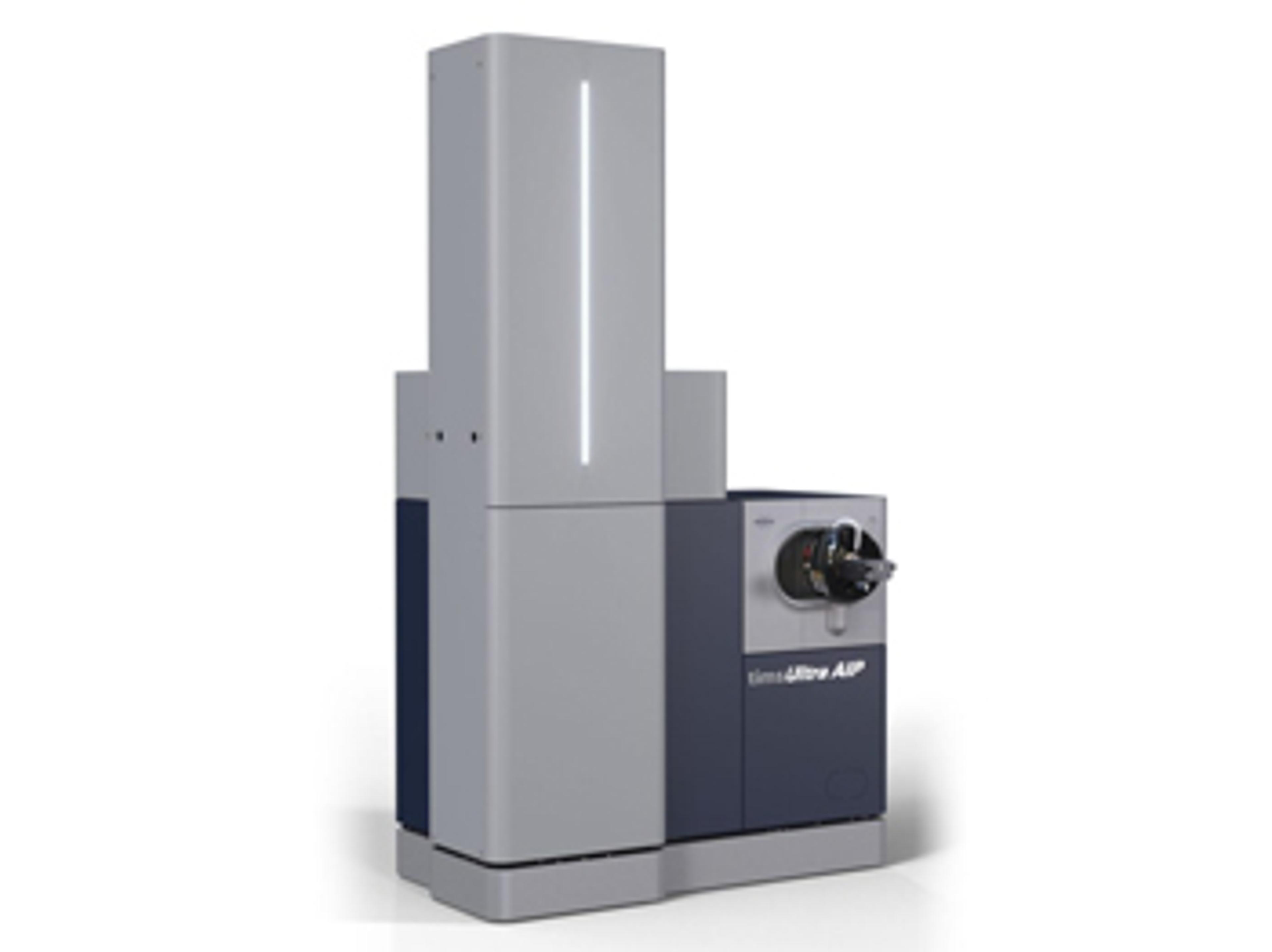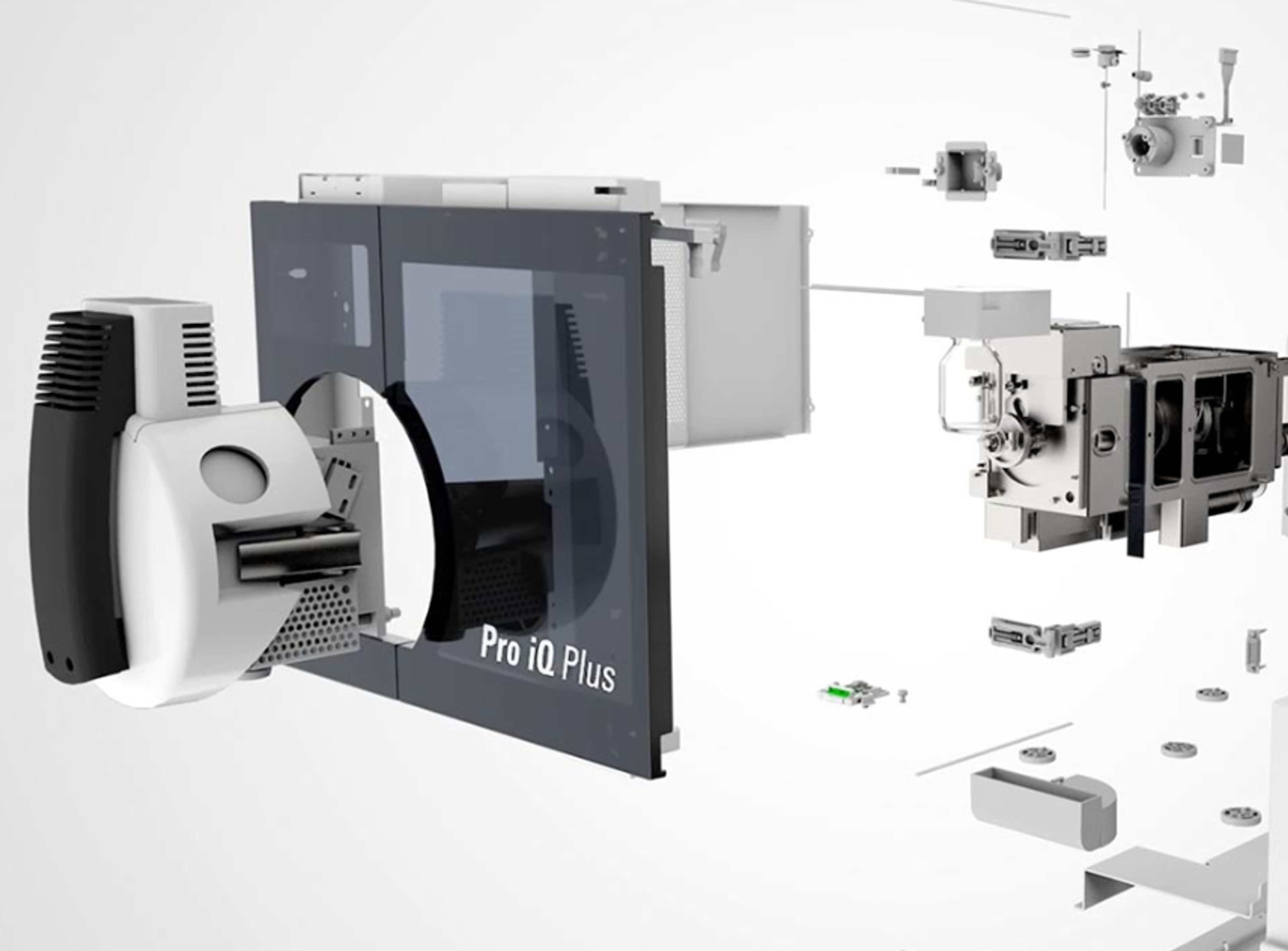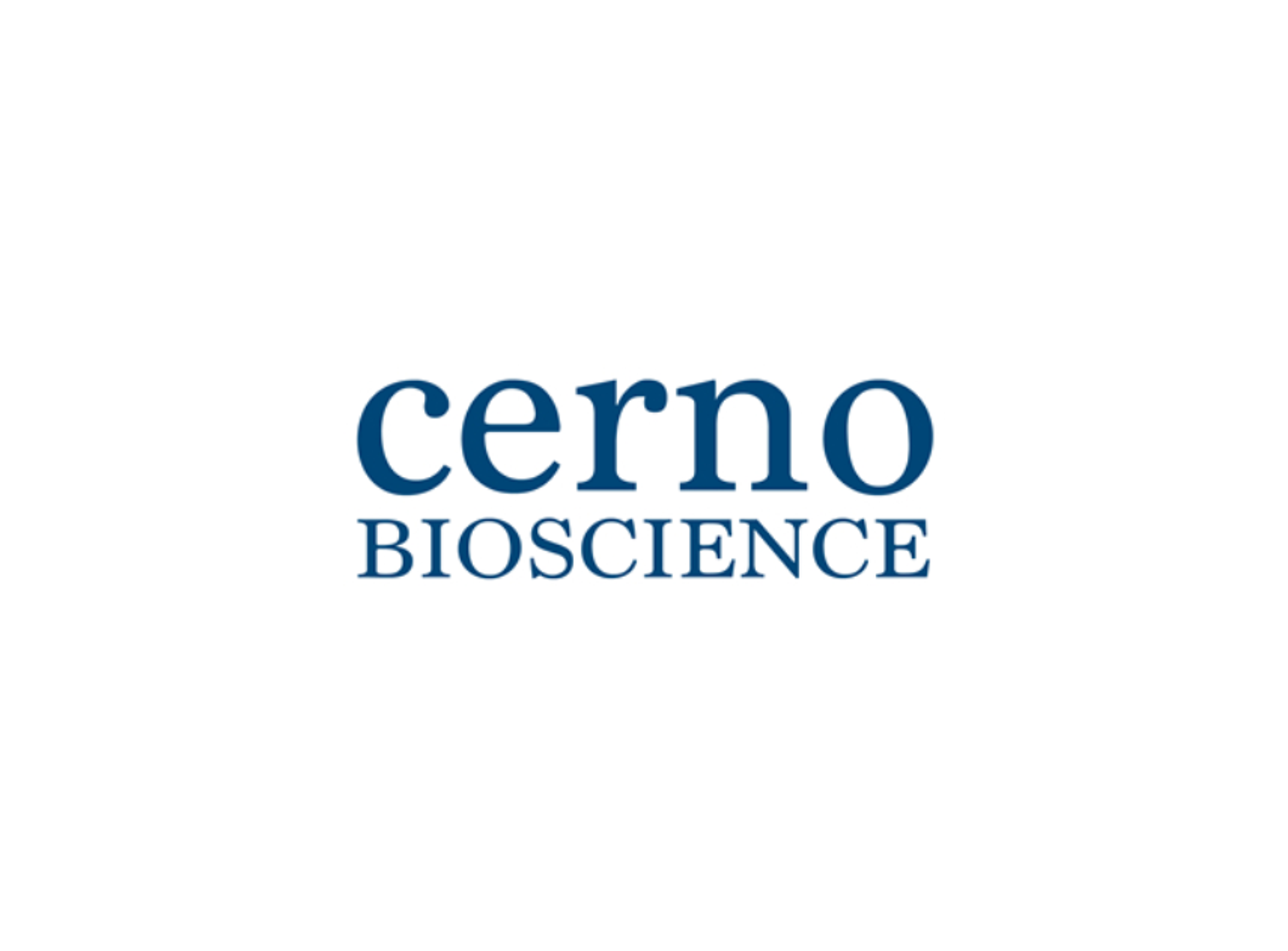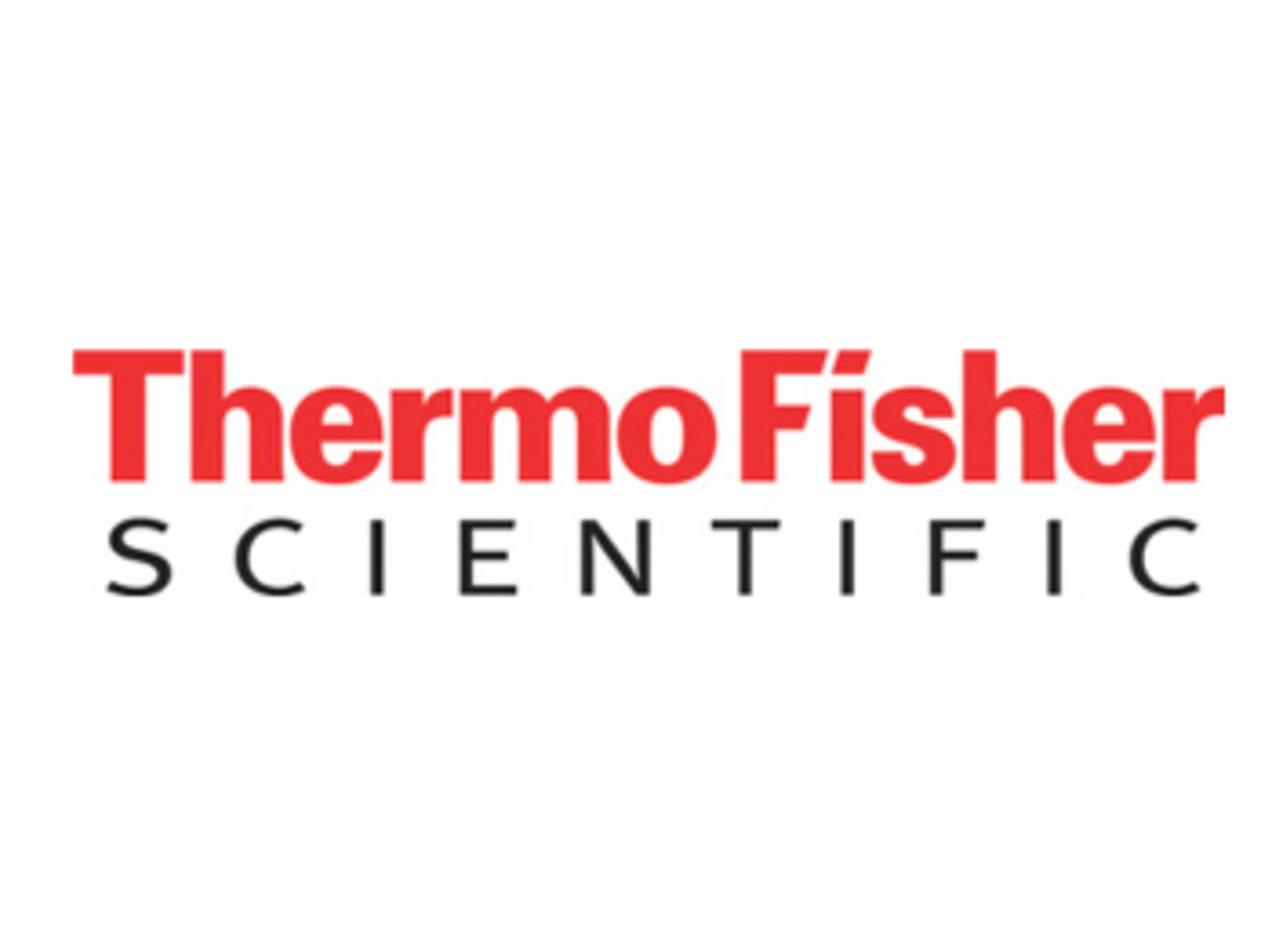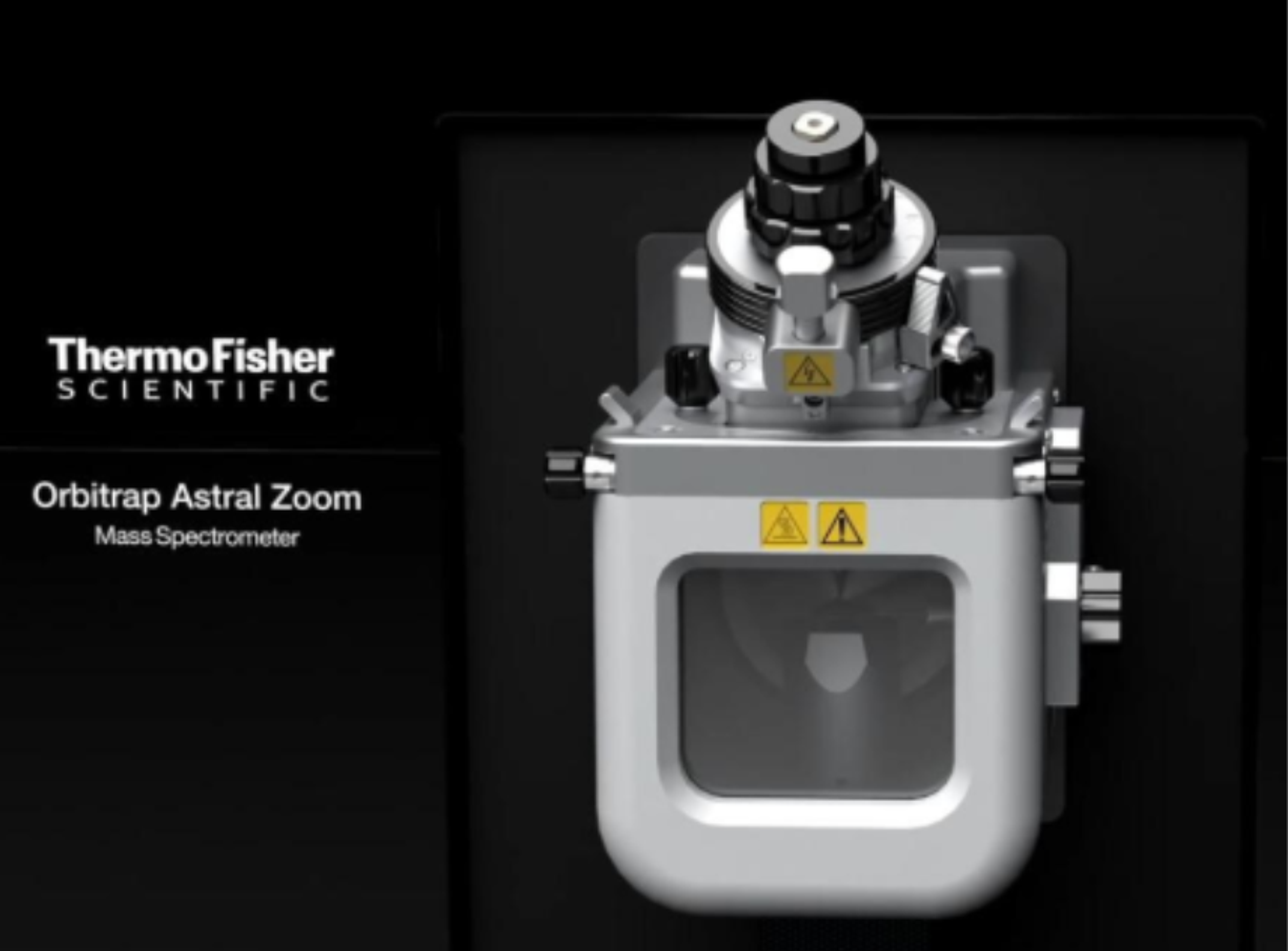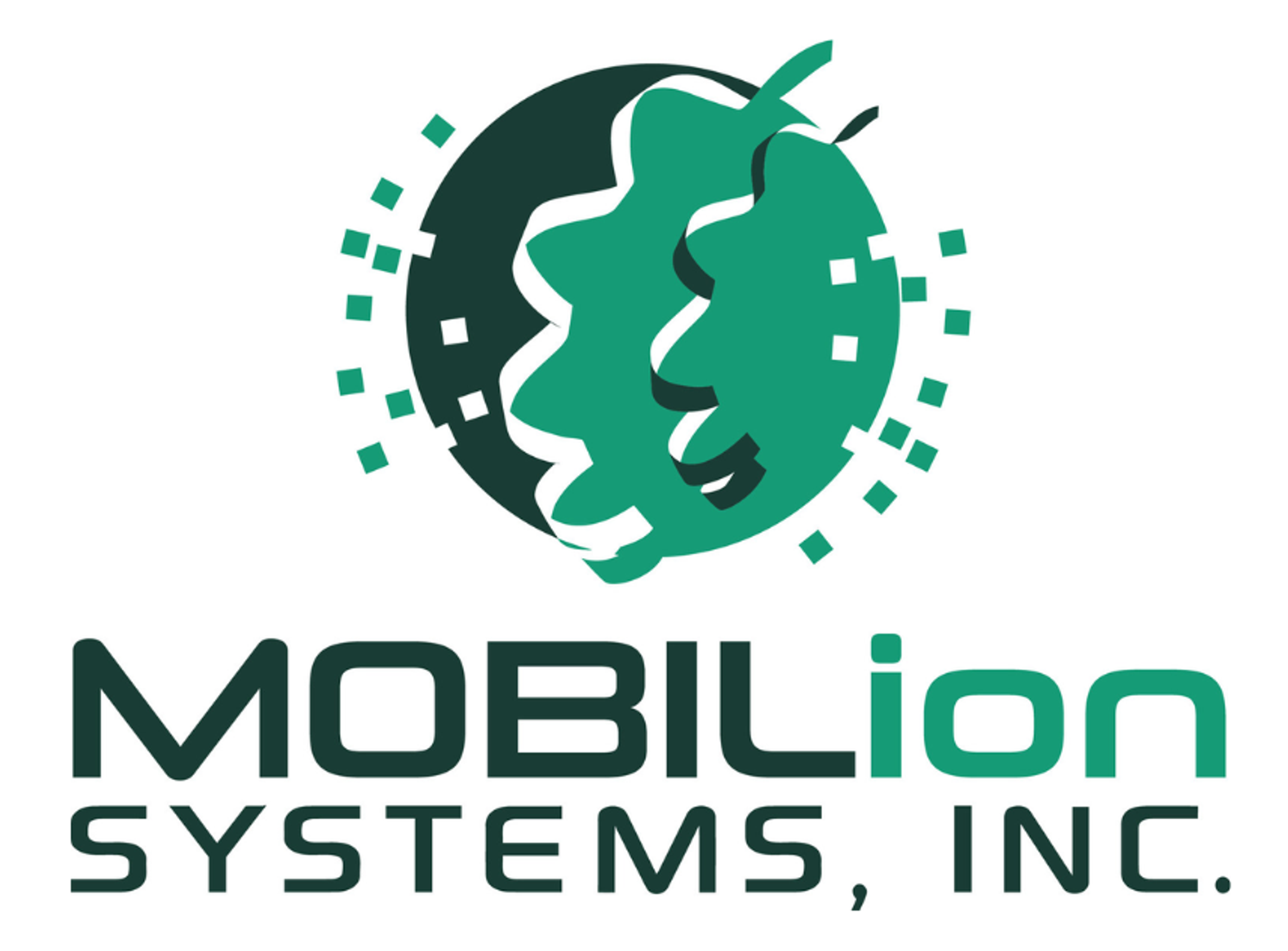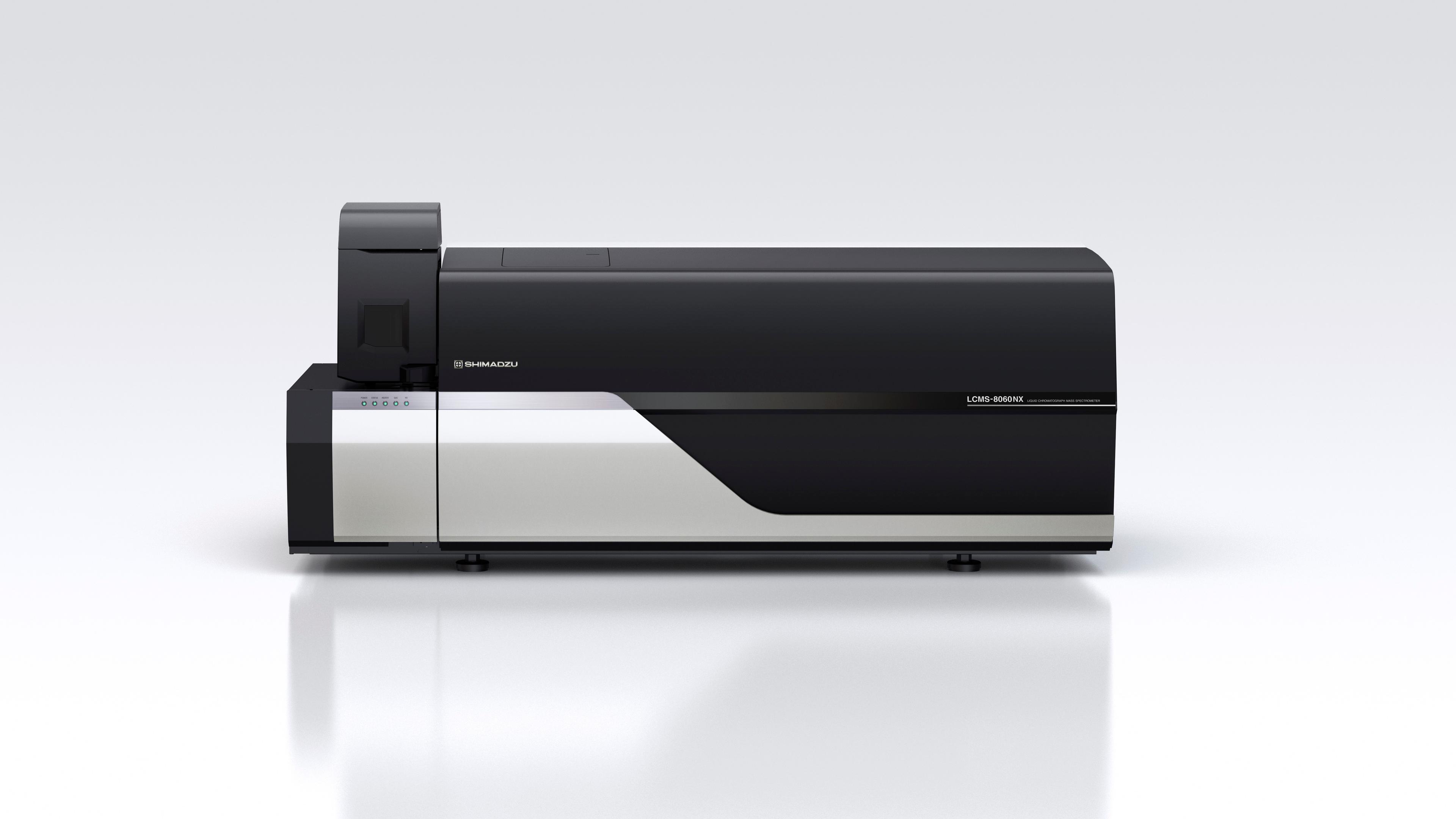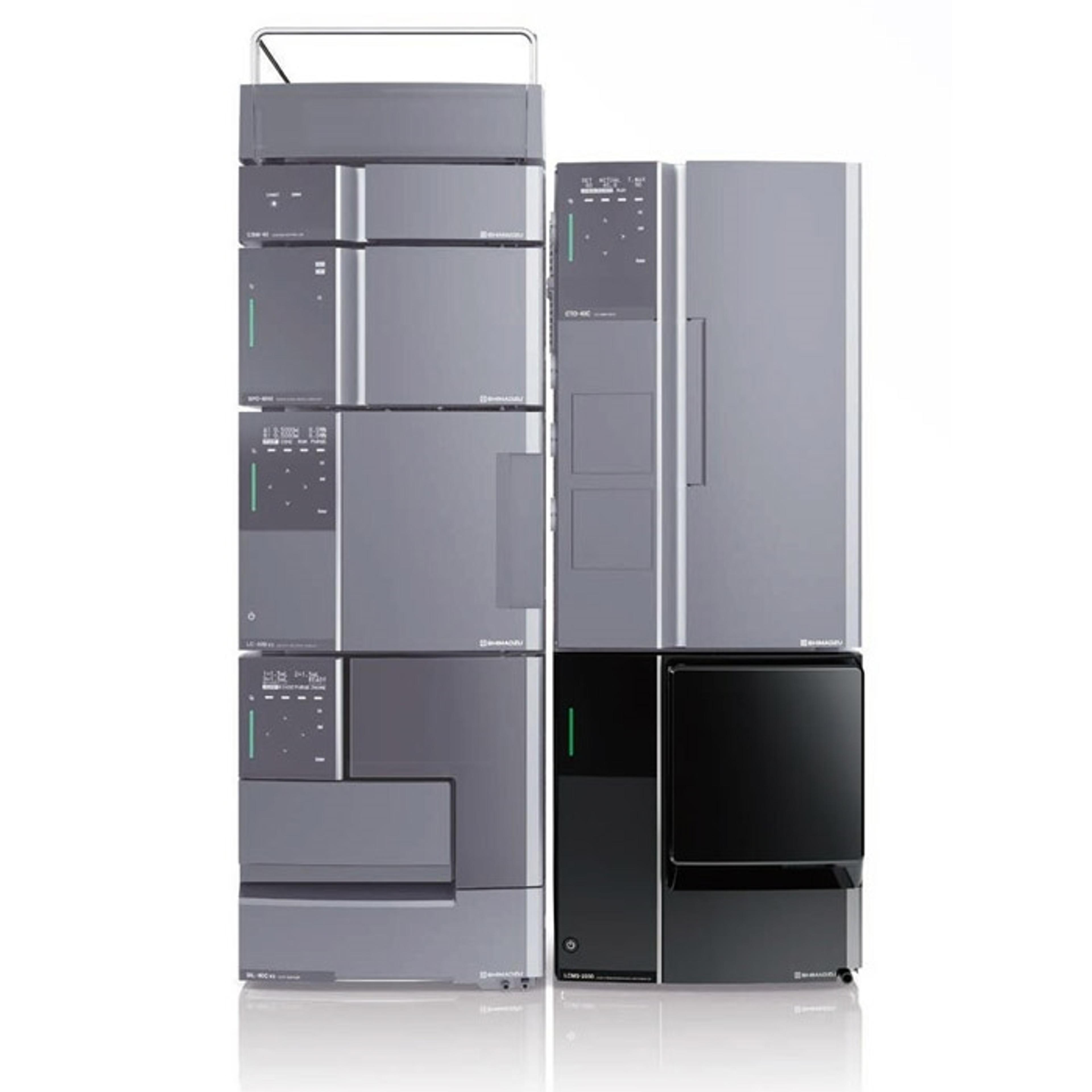
From molecules to medicine: The transformative power of mass spectrometry
In the race to develop safer, more effective therapies, the ability to deeply understand biology at the molecular level has never been more critical. Mass spectrometry is at the forefront of this transformation, powering breakthroughs from the earliest stages of drug discovery through to clinical research and therapeutic development. With its unparalleled sensitivity, specificity, and versatility, mass spectrometry is helping scientists decode complex biological systems, accelerate decision-making, and bring new medicines to patients faster.
This Accelerating Science Mass Spectrometry Feature page explores the critical role of mass spectrometry across the modern drug discovery pipeline. We begin by exploring how mass spectrometry is being used to characterize therapeutic candidates, from small molecules to complex biologics, ensuring quality, efficacy, and safety across the development lifecycle. Next, we highlight how mass spectrometry is reshaping biomarker research and translational medicine, enabling early disease detection, personalized therapies, and the development of precision diagnostics. Finally, we take a closer look at how the latest innovations in resolution, speed, and structural analysis are pushing the boundaries of analytical science, unlocking new capabilities in molecular identification and quantification.
Continue reading to discover real-world applications, expert perspectives, and the cutting-edge technologies redefining how we move from molecules to medicine, faster, smarter, and with greater impact than ever before.
Mass spectrometry at the forefront of therapeutic innovation
Mass spectrometry plays a pivotal role in modern drug development, from lead compound screening to pharmacokinetics and quality control. As therapies grow more complex, this crucial technology is enabling the precise analysis of small molecules, biologics, and advanced modalities. It supports critical workflows including structural elucidation, protein characterization, and biotherapeutic profiling. With enhanced speed and sensitivity, mass spectrometry helps streamline development, reduce risk, and ensure product integrity. In this this section, explore how advancements in technology, methodology and integrated tools are empowering researchers and industry leaders to bring innovative therapies to patients more efficiently and effectively.
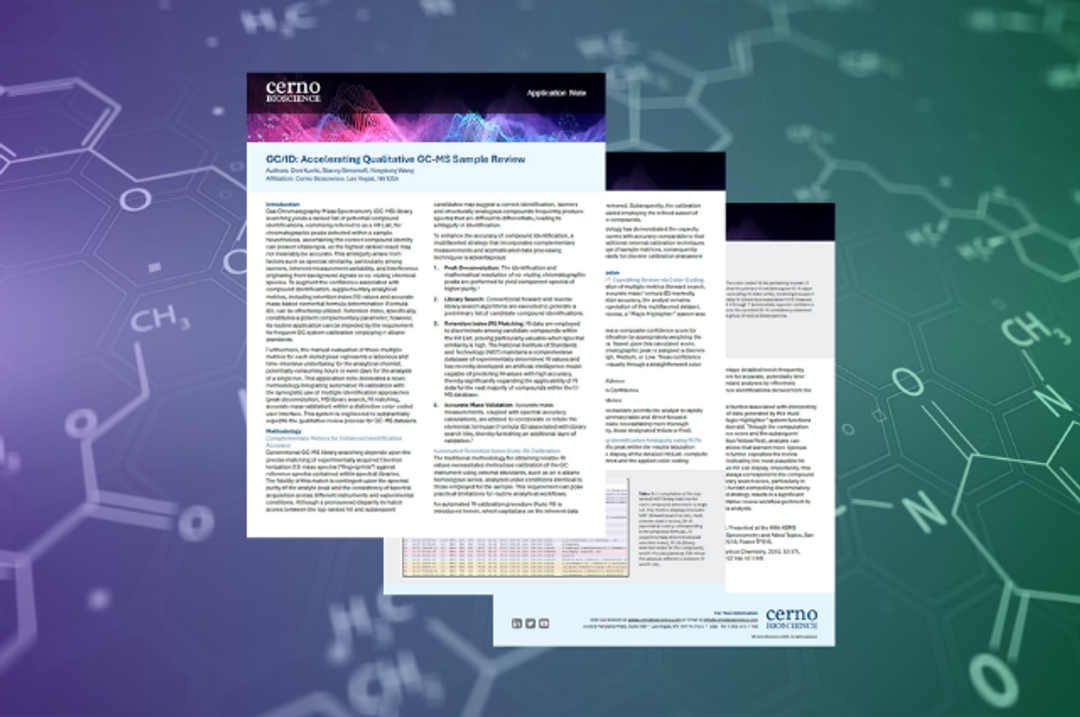
Learn how integrated GC-MS tools, such as auto-retention index calibration and composite confidence scoring, can enhance compound identification and streamline your hit list review.
Download application note
How two CROs are uniting ligand-binding assays and LC-MS expertise to tackle the complexity of modern biologics
Read article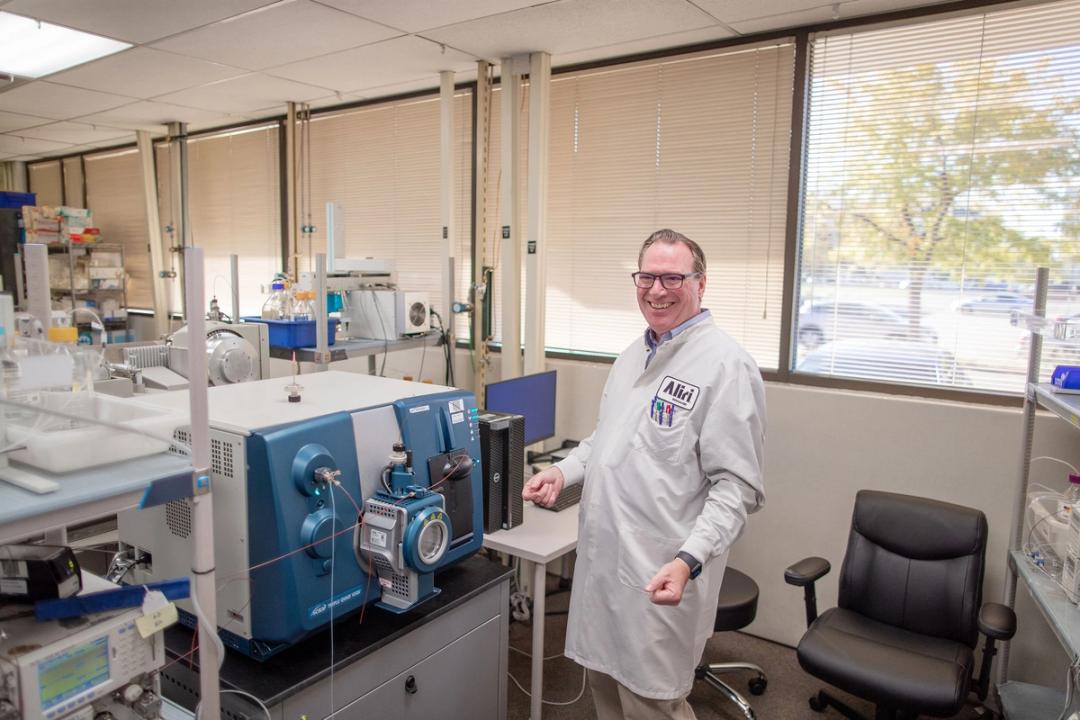
As oligonucleotide therapeutics reshape drug discovery, AAPS is leading a collaborative effort to establish robust bioanalytical strategies
Read articleUnlocking biomarkers to drive translational clinical research
Biomarkers are essential for advancing precision medicine, guiding diagnosis, treatment decisions, and patient monitoring. Mass spectrometry offers the sensitivity and specificity needed to identify and validate biomarkers across proteomics, metabolomics, and lipidomics. With emerging tools like single-cell mass spectrometry, targeted assays, and AI-powered analysis, researchers can uncover subtle molecular changes linked to disease. These insights are driving breakthroughs in early detection, personalized therapies, and companion diagnostics. In this section, find out how mass spectrometry is shaping the future of translational research, bridging the gap between discovery and clinical application.

Discover how researchers at UT Southwestern are uncovering the links between lipids, diabetes, and chronic metabolic disease, work that could pave the way for breakthrough treatments.
Read article
In this guest editorial, Pascal Steffen-Lockhauserbäumer, Global Product Manager for timsTOF at Bruker Daltonics explores how spatial multiomics combines imaging with LC/MS to revolutionize biomolecular analysis, enabling high-resolution insights into disease mechanisms, immune response, and tissue structure, with applications in diagnostics and personalized medicine.
Read article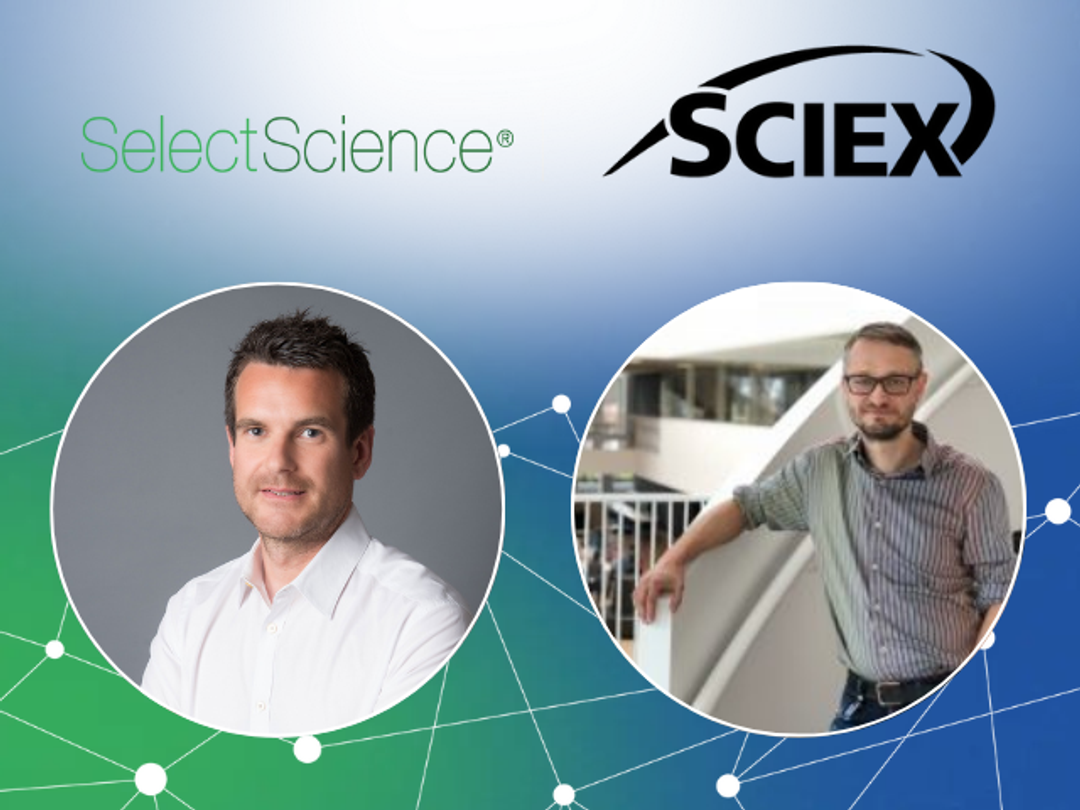
In this webinar, Professor Martin Giera, Leiden University Medical Center and Professor Antonin Lamazière, Sorbonne University and Saint Antoine’s Hospital, will demonstrate how the latest advancements in mass spectrometry-based omics are providing a comprehensive assessment of disease mechanisms and patient-specific treatment responses.
Register nowBreaking barriers: The latest in mass spectrometry innovation
Mass spectrometry continues to push the boundaries of analytical science with rapid advancements that redefine what is possible. This section highlights the latest technology announcements alongside innovations in high-resolution mass spectrometry (HRMS), ion mobility spectrometry (IMS), tandem MS (MS/MS), and hybrid techniques. These cutting-edge tools enhance molecular identification, quantification, and structural analysis, helping researchers explore complex biological systems faster and with greater precision. Whether profiling proteins, metabolites, or small molecules, today’s state-of-the-art mass spectrometry platforms are breaking analytical bottlenecks and accelerating drug discovery from early research to clinical application.


